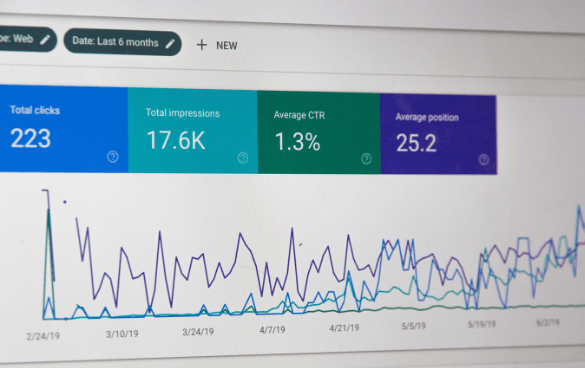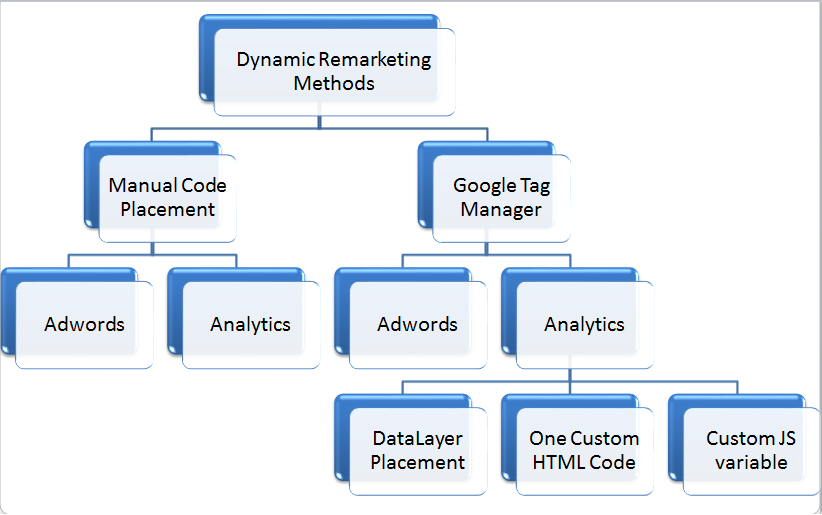Advanced Techniques for Remarketing In Google Analytics
Advanced Techniques for Remarketing In Google Analytics
Blog Article
Optimize Your ROI With Remarketing in Google Analytics
By using the power of individual data and customizing advertisements to particular target market sections, businesses can considerably magnify their conversion rates. The journey to maximizing ROI through remarketing is a nuanced path paved with understandings and opportunities that can improve the trajectory of your marketing undertakings.
Recognizing Remarketing in Google Analytics
Recognizing remarketing in Google Analytics is necessary for optimizing your electronic marketing method. Remarketing enables you to target customers that have actually formerly seen your site or communicated with your app, presenting them with customized ads as they surf various other sites or make use of various other applications within the Google Show Network. This approach aids maintain your brand top of mind and urges individuals to go back to your site, inevitably boosting the possibility of conversion.
By utilizing Google Analytics, you can track the performance of your remarketing campaigns, acquiring valuable insights right into individual actions, involvement, and conversions. This information enables you to improve your targeting, messaging, and bidding approaches to boost the general efficiency of your projects.
Additionally, recognizing the various sorts of remarketing lists readily available in Google Analytics, such as standard, dynamic, and similar audiences, permits you to create very segmented and tailored projects customized to specific individual segments. This degree of granularity can dramatically boost the importance and effect of your remarketing efforts, inevitably maximizing your roi.
Establishing Up Remarketing Lists
To properly execute remarketing campaigns in Google Analytics, the first step involves creating and setting up remarketing checklists targeting particular individual sectors based on their communications with your web site or app. By establishing remarketing checklists, you can tailor your marketing efforts to get to customers who have actually already revealed interest in your services or products.
To start, navigate to the Admin section of your Google Analytics account and pick the Building where you wish to develop the remarketing listing. After that, under the Home column, click on 'Audience Definitions' and choose 'Target markets.' Next, click on the red 'New Audience' button and choose 'Produce New' to specify the parameters for your remarketing list.

Crafting Efficient Remarketing Ads

When crafting your advertisements, concentrate on producing attention-grabbing headlines and engaging visuals that stick out to potential consumers. Include strong calls-to-action that encourage customers to revisit your website and complete a wanted activity. Utilize vibrant remarketing to reveal customized advertisements featuring products or solutions that users have formerly watched on your website.
Additionally, ensure that your advertisements are mobile-friendly given that a significant section of web traffic comes from mobile tools. Test various ad variations to identify which layouts and messages drive the most effective outcomes. By constantly refining and maximizing your remarketing ads based on performance data, you can maximize their performance and improve your return on investment.
Studying Remarketing Performance

With Google Analytics, online marketers can track the performance of their remarketing projects in real-time, enabling them to recognize fads, patterns, and areas for improvement promptly. By examining the information, marketing experts can determine which advertisements are performing well, which target market sections are reacting favorably, and which channels are driving the most conversions. This level of granularity makes it possible for online marketers to make data-driven decisions to maximize their remarketing projects for better outcomes.
Maximizing ROI With Remarketing
Assessing remarketing information in Google Analytics makes it possible for marketing professionals to identify chances for enhancing return on investment (ROI) via critical modifications - What Is “Remarketing” In Google Analytics?. To make the most of ROI with remarketing, it is important to comprehend the habits of your audience. By examining individual interactions, such as the web pages they saw, the items they viewed, or the actions they took on your website, you can customize your remarketing campaigns better
Segmenting your audience based on their actions allows you to develop customized and targeted advertisements that are more most likely to resonate with them. By showing appropriate ads to certain sections of your target market, you can enhance the opportunities of conversion and ultimately enhance your ROI.
Moreover, examining various ad creatives, messaging, and offers can aid identify what reverberates best with your target market. A/B screening enables you to experiment with various aspects of your advertisements to identify what drives the highest possible engagement and conversion prices.
Conclusion
Finally, optimizing ROI with remarketing in Google Analytics needs a strategic method to assessing individual actions, segmenting audiences, producing customized ads, and enhancing campaign efficiency. By leveraging data-driven insights and checking different techniques, companies can enhance their remarketing initiatives to drive higher interaction and conversion prices. This methodical strategy ensures that sources are successfully assigned in the direction of maximizing rois in remarketing projects.
Next, click on the red 'New Target market' switch and select 'Produce New' to specify the parameters for your remarketing checklist.
By continually refining and maximizing your remarketing ads based on performance information, you can maximize their efficiency and improve your return on financial investment.
By delving into these Discover More understandings, marketing professionals can gain an extensive understanding of exactly how my link their remarketing efforts are resonating with their target audience and driving conversions. To make best use of ROI with remarketing, it is critical to comprehend the behavior of your target market.In conclusion, making the most of ROI with remarketing in Google Analytics requires a critical approach to analyzing customer habits, segmenting audiences, developing customized ads, and optimizing project efficiency.
Report this page